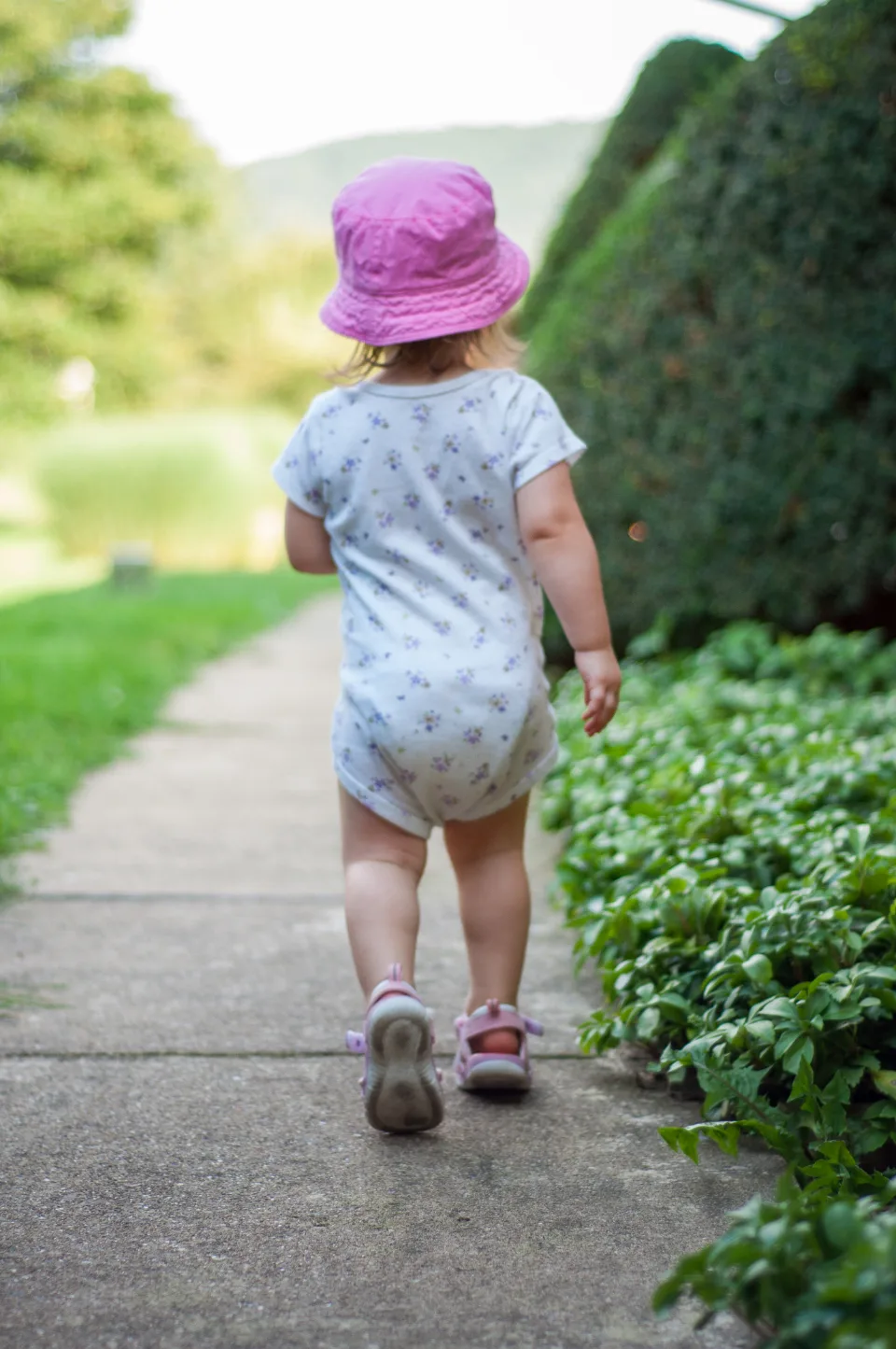How the Vestibular System Paves the Way
As a parent, it’s natural to feel concerned when your baby seems to be taking longer than expected to reach those exciting walking milestones. However, understanding the crucial role of the vestibular system in your baby’s development can help ease your worries and provide you with ways to support their journey towards those first wobbly steps.

The Inner Ear’s Balancing Act
The vestibular system, located in the inner ear, is responsible for sending signals to the brain about the body’s position and movement in space. This information is essential for maintaining balance and coordination, two key components of walking.
Dr. Sarah Johnson, a pediatric occupational therapist, explains, “The vestibular system is like a built-in GPS for the body. It constantly updates the brain on the body’s location and movement, allowing for adjustments in posture and balance.”
From Rocking to Rolling: Building the Vestibular Foundation
Engaging in vestibular activities is crucial for stimulating the vestibular system and strengthening the connections between the inner ear, brain, and muscles. These activities can include:
- Rocking in a chair or in your arms
- Swinging in a baby swing or on a playground swing
- Rolling on a blanket or soft mat
- Tummy time with gentle head tilts and turns
Dr. Michael Thompson, a pediatrician, notes, “Vestibular play helps babies develop a sense of their body in space, which is essential for coordinating movements and maintaining balance. It’s like giving them a workout for their inner GPS.”
The Importance of Balance and Coordination for Walking
A well-developed vestibular system lays the foundation for the balance and coordination needed to take those first steps. As babies engage in vestibular play, they are strengthening their core muscles, improving body awareness, and learning how to make postural adjustments to maintain balance.
Dr. Emily Davis, a pediatric physical therapist, states, “Walking requires a complex interplay of balance, coordination, and strength. By engaging in vestibular activities, babies are building the necessary skills to take those first steps and eventually become confident walkers.”
Every Step Counts: Reassurance for Parents
It’s important to remember that every baby develops at their own pace. Walking milestones can vary widely, with some babies taking their first steps as early as 9 months and others waiting until closer to 15 months.
If you have concerns about your baby’s development, always consult with your pediatrician. However, incorporating vestibular play into your baby’s daily routine can support their natural development and help them reach their milestones when they are ready.
Dr. Thompson reassures parents, “Trust your baby’s unique timeline. Provide them with opportunities for vestibular stimulation and celebrate each milestone, big or small, along the way.”
Let’s Get Moving! Fun Activities for Vestibular Stimulation
Here are some engaging vestibular activities to try with your baby:
Newborns (0-3 months)
- Gentle rocking in your arms or a rocking chair
- Slow dance movements while holding your baby
- Tummy time with gentle head turns
Infants (3-6 months)
- Swinging in a baby swing or on a playground swing
- Rolling on a blanket or soft mat
- Tummy time with reaching for toys
Older Infants (6-12 months)
- Crawling through tunnels or over obstacles
- Spinning on a sit-and-spin toy
- Playing on a rocking horse or rocking boat
Toddlers (12-24 months)
- Obstacle courses with crawling, climbing, and balancing
- Riding on a push toy or tricycle
- Dancing and spinning games
Incorporating these activities into your baby’s playtime not only supports their vestibular development but also provides opportunities for bonding and shared joy in their achievements.
Conclusion
The vestibular system plays a vital role in your baby’s journey towards walking. By understanding its importance and incorporating vestibular play into your baby’s daily life, you can support their natural development and celebrate each wobbly step along the way.
Remember, every baby’s path to walking is unique. Trust your instincts, consult with your pediatrician if needed, and enjoy the wonderful journey of watching your baby grow and explore the world around them.
For more information on vestibular stimulation and baby development, check out these helpful resources:
- The American Academy of Pediatrics: Developmental Milestones
- The American Occupational Therapy Association: Vestibular Processing
- The Centers for Disease Control and Prevention: Milestone Moments









[…] presented in the scientific journal Children, specifically the study titled “Appropriate Vestibular Stimulation in Children and Adolescents—A Prerequisite for Normal Cognitive, Motor Development […]